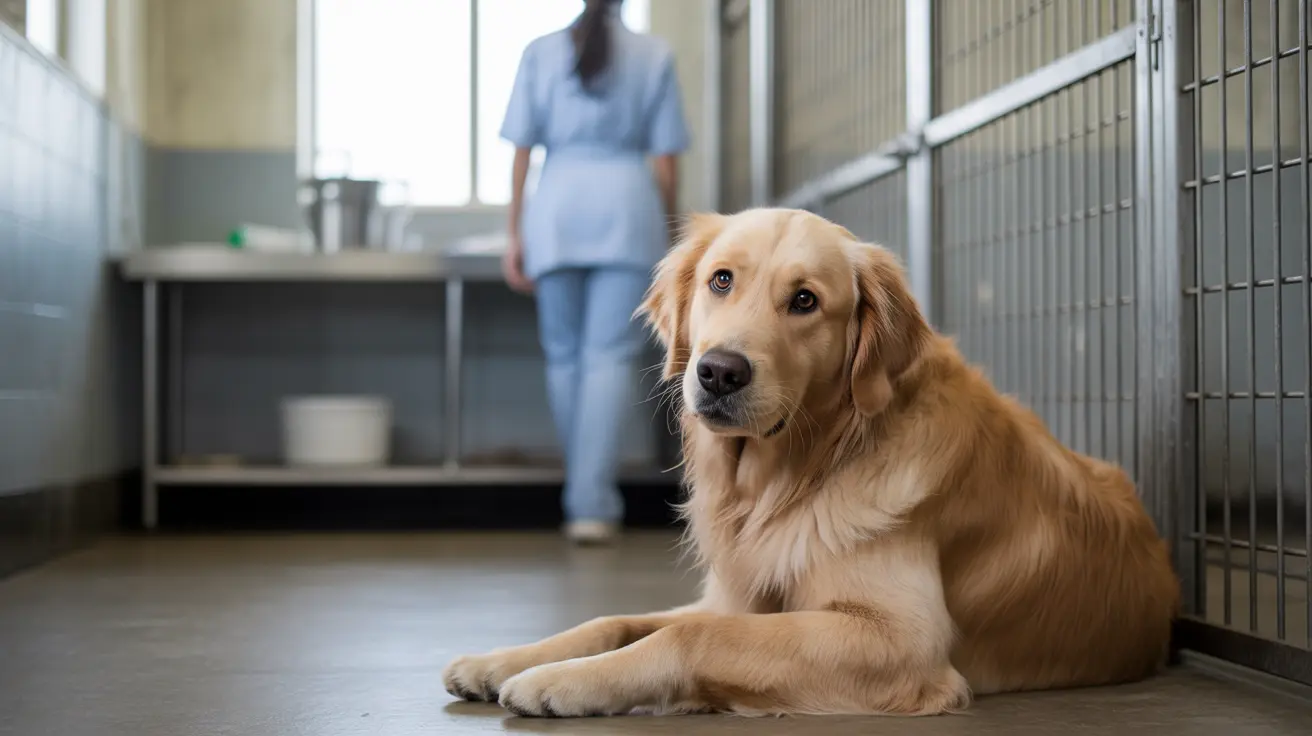Understanding the Cost of Spaying a Female Dog
Spaying a female dog is a common veterinary procedure that offers numerous health and behavioral benefits while also contributing to pet population control. However, the cost can vary significantly based on multiple factors.
What Is Spaying?
Spaying, also known as an ovariohysterectomy, involves the surgical removal of a female dog's ovaries, uterus, and fallopian tubes. This procedure:
- Prevents pregnancy
- Eliminates heat cycles
- Removes risks of uterine and ovarian cancers
- Reduces the chances of breast cancer if done early
Other types of surgeries include ovariectomy (removal of only ovaries) and hysterectomy (removal of only uterus), but complete spays are more common.
Average Cost of Spaying a Female Dog
The cost to spay a female dog typically ranges from $200 to $700. However, costs can vary based on several factors. Some clinics may charge:
- Private veterinary practice: $400–$700 or more
- Low-cost clinics: $100–$300
- Humane societies: Less than $150
- Nonprofit organizations: Around $105 or lower with proof of income
In some cases, the cost can rise as high as $2,000 depending on complexities, location, and the dog's condition.
What’s Included in the Price?
The cost of spaying a female dog usually includes:
- Pre-operation exam: $50–$250
- Blood work: $80–$200
- Pre-anesthesia sedation: $120–$140
- Anesthesia: Variable, depends on dog size
- IV catheter and fluids: $60–$75
- Pain medication: $40–$80
- Elizabethan collar (cone): $12–$40
- Suture removal or dissolvable stitches
Additional Costs and Factors
- Size and weight: Larger dogs may need more anesthesia and longer surgery times
- Age: Older dogs might require more testing
- Breed: Certain breeds need special anesthesia or monitoring
- Medical condition: Dogs in heat, pregnant, or with medical conditions may incur additional fees ($25–$150 or more)
- Geographic location: Urban areas often have higher veterinary fees
Cost-Reducing Options
Pet owners can reduce spaying costs through:
- Low-cost or nonprofit clinics
- Voucher or discount programs based on income
- Adopting from shelters where spaying is already done or a voucher is provided
- Clinic wellness plans that offer bundled services or deferred payment
Health and Behavioral Benefits
Spaying offers numerous health benefits, including:
- Eliminating risk of pyometra (uterine infection)
- Preventing ovarian and uterine cancers
- Reducing the risk of mammary tumors
- Preventing unwanted pregnancies
- Contributing to lowering shelter populations
Behaviorally, spaying can reduce roaming, howling, and other mating behaviors.
Risks to Be Aware Of
Most dogs recover without complications, but potential risks include:
- Reaction to anesthesia
- Bleeding or infection
- Weight gain (monitor diet and activity)
- Urinary incontinence (manageable with medication)
- Orthopedic risks in large/giant breeds if spayed too early
Ideal Age for Spaying
- Small-breed females: Around 5–6 months old
- Large-breed females: Wait until 12–15 months to reduce orthopedic risk
Pet Insurance Considerations
Most standard pet insurance plans do not cover spaying since it’s elective. Some wellness add-ons offer partial reimbursement ($100–$150) or full coverage under wellness limits.
Recovery and Aftercare
Postoperative care includes:
- Rest and limited activity for 10–14 days
- Use of an Elizabethan collar
- Monitoring for swelling, discharge, or signs of infection
- Follow-up instructions from the vet
Conclusion
Spaying your female dog is an investment in her long-term health and in controlling the pet population. While costs can vary, there are numerous options and programs available to make the procedure affordable. Consult your vet for tailored guidance based on your dog’s age, size, and overall health.





